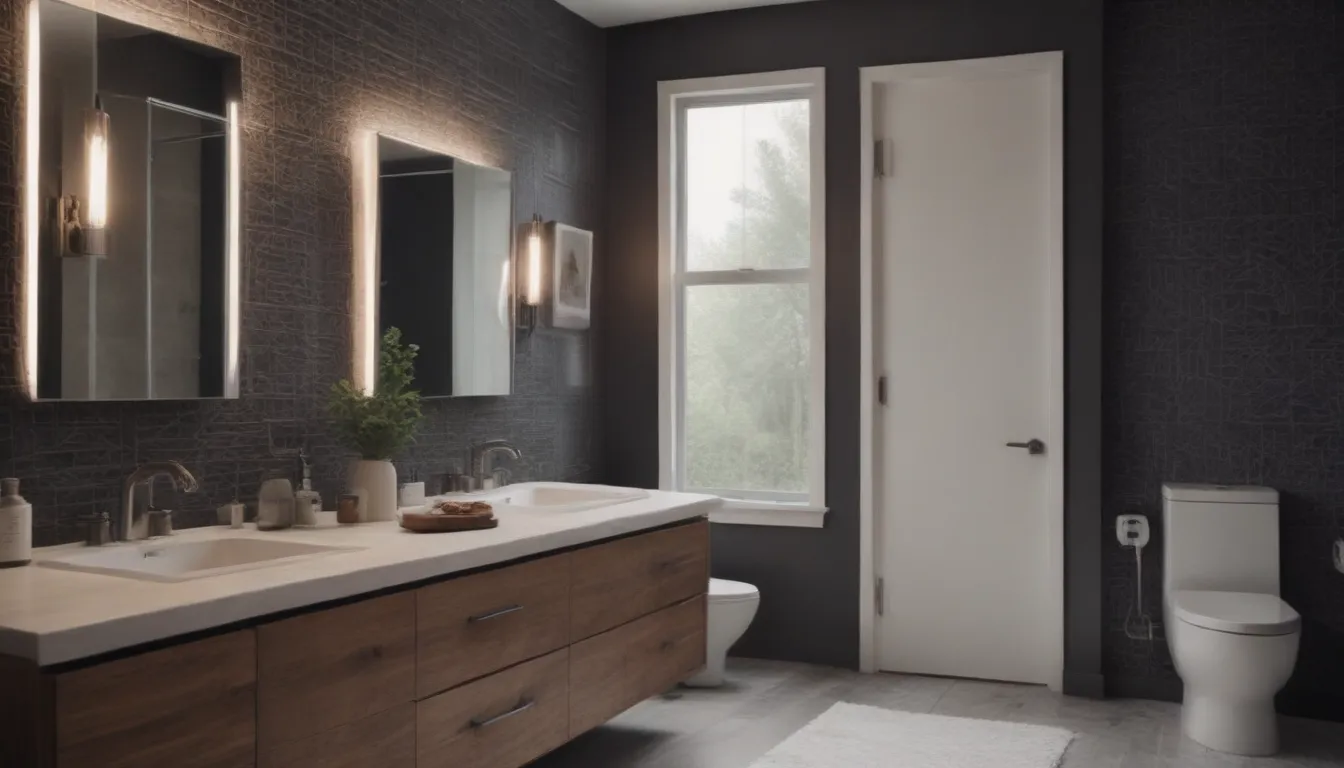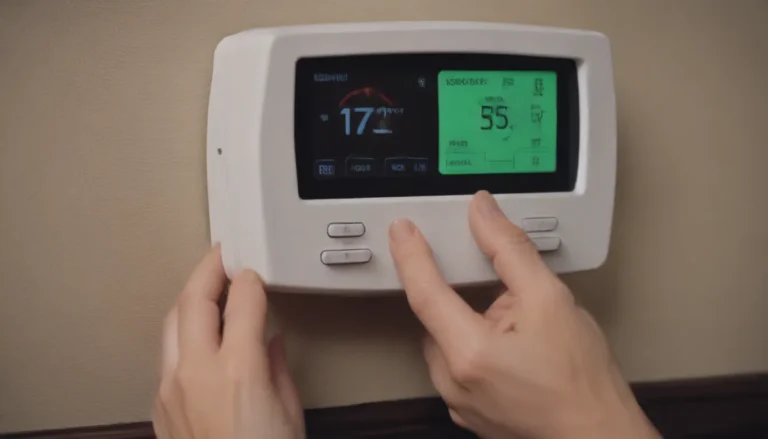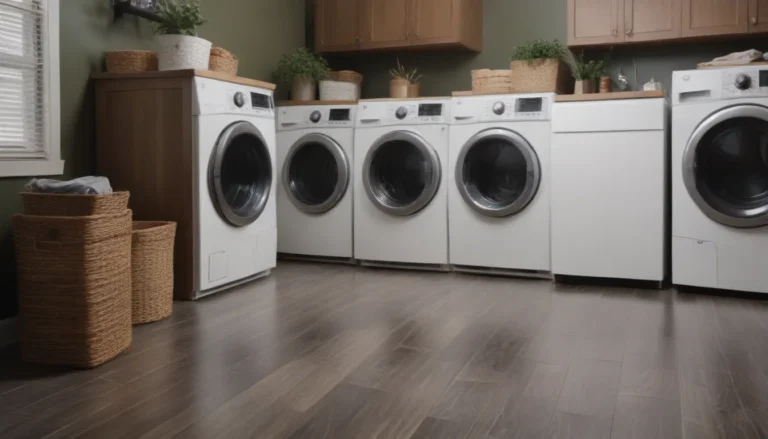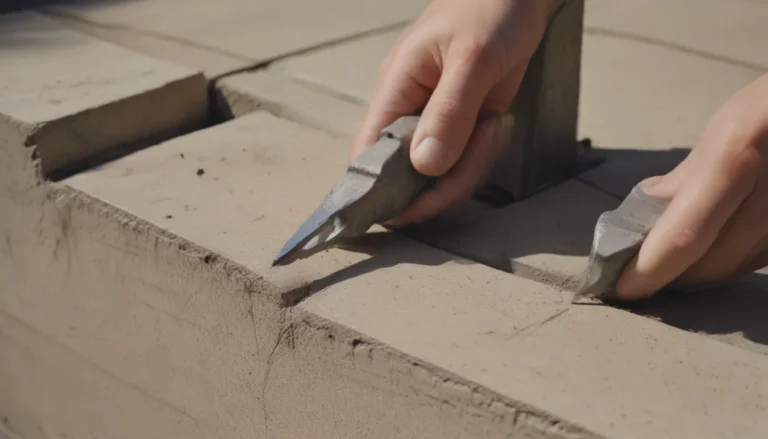Everything You Need to Know About Electrical Code Requirements for Bathrooms

When it comes to designing or renovating your bathroom, one crucial aspect that often gets overlooked is the electrical wiring. The electrical service in bathrooms must adhere to specific code requirements to ensure safety and functionality. In this comprehensive guide, we will explore the key electrical code requirements for bathrooms, important considerations you need to keep in mind, and valuable tips to help you navigate the process seamlessly.
Understanding Electrical Code Requirements
Electrical code requirements for bathrooms are established by local building inspections offices and are primarily based on the NEC (National Electrical Code). The NEC is a vital document that sets minimum safety standards for wiring installations in homes. It is updated every three years to reflect changes in technology and safety standards. While most local codes align with the NEC, it’s essential to check with your local jurisdiction to understand any unique requirements they may have.
Important Considerations for Bathroom Wiring
- Existing vs. New Construction: Existing bathrooms in older homes may not meet all the current code requirements. However, routine repairs and minor remodeling are usually permitted without bringing the entire bathroom up to code.
- Consultation: If you are planning a major remodeling project, it’s advisable to consult a professional electrician to determine the necessary upgrades and ensure compliance with the latest code requirements.
- Safety First: Adhering to the electrical code not only ensures compliance with the law but also enhances safety for you and your family. Moreover, bringing your bathroom up to code can increase the resale value of your home.
Number of Circuits
One significant change in recent years is the requirement for at least two dedicated circuits for each bathroom. While the NEC recommends dedicated circuits for bathrooms, some local jurisdictions may allow shared circuits. It’s essential to check with your local building inspections office to understand the specific regulations in your area.
Bathroom Lighting
Proper lighting is crucial in bathrooms for both functionality and aesthetics. The NEC mandates at least one permanently mounted light fixture in a bathroom. Additional lighting sources, such as vanity lights or shower lights, are commonly added to enhance the overall ambiance. When installing a light fixture in the shower, ensure it has a waterproof lens to prevent any accidents.
Exhaust Fan
Most communities require bathrooms to have either a window or an electric vent fan for moisture control. Vent fans help prevent mold and mildew growth by removing moist air from the bathroom. When selecting a vent fan, consider its CFM capacity to ensure it effectively displaces moisture outdoors. Some local codes may require the vent fan to operate in conjunction with the lighting or may necessitate a dedicated circuit for the fan unit.
Outlet Receptacles
The minimum requirement for outlet receptacles in a bathroom is one GFCI-protected receptacle served by a 20-amp circuit. However, it’s recommended to have multiple receptacles strategically placed in the bathroom for convenience. When positioning receptacles, ensure they are placed away from water sources, such as sinks and showers, to prevent electrical hazards.
Additional Tips and Resources
- Professional Guidance: When in doubt, always seek guidance from a professional electrician to ensure compliance with electrical code requirements.
- Educational Resources: Stay informed about the latest code updates by exploring resources such as the NEC 2020 and guidelines from relevant authorities like the National Fire Protection Association.
- Safety Precautions: Familiarize yourself with best practices for mold prevention and moisture control in bathrooms to maintain a healthy living environment.
By following these guidelines and staying informed about electrical code requirements, you can create a safe and functional bathroom that meets all regulatory standards. Remember, compliance with the electrical code not only enhances safety but also adds value to your home.
In conclusion, ensuring that your bathroom wiring adheres to electrical code requirements is essential for a safe and functional space. By understanding the key principles and regulations outlined in this guide, you can confidently plan and execute your bathroom renovation project. Remember, safety always comes first when it comes to electrical work. Happy renovating!





